SOUTH WALES
I started off in Pembrokeshire in the South West of Wales, and the first image is of Barafundle Cliffs at Barafundle Bay, a remote, slightly curved, east-facing sandy beach near Stackpole Quay which is part of the Stackpole Estate, managed by The National Trust.
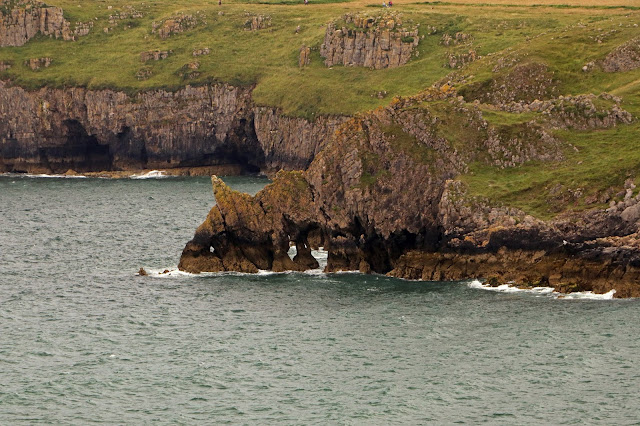 |
| Barafundle Cliffs |
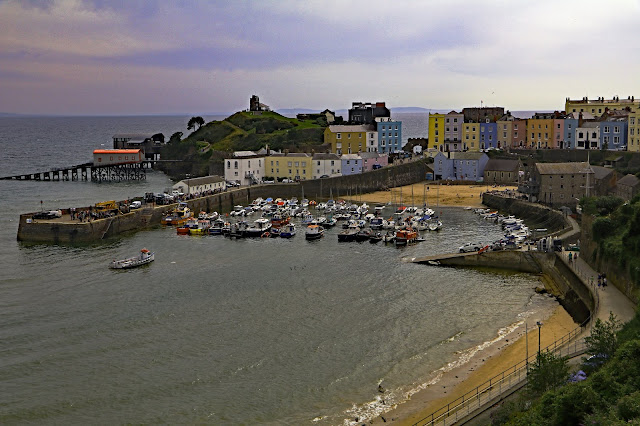 |
| Tenby Harbour |
Continuing our journey eastwards, we arrive at the Welsh capital, Cardiff, where we visit the impressive castle. Here we have an image of the Castle Keep. The twelve-sided Norman Keep, is undoubtedley the finest in Wales and is known as a ‘shell’ keep, its outer walls providing a shell for smaller buildings within it.
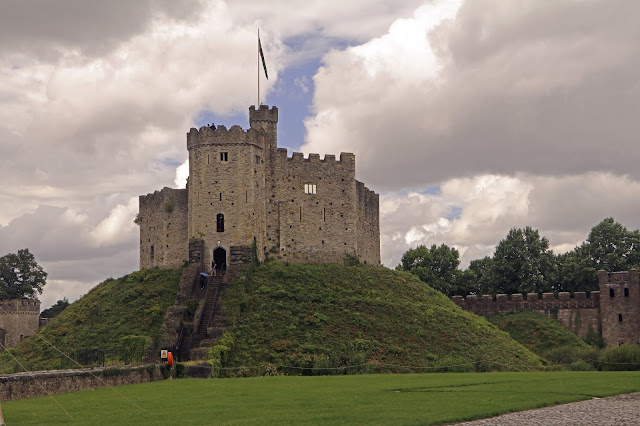 |
| Cardiff Castle Keep |
EAST ANGLIA
For East Anglia, I am looking at Essex and Suffolk, starting with Flatford Mill in Suffolk. Flatford Mill is a Grade I listed watermill on the River Stour at Flatford in East Bergholt, Suffolk, England. According to the date-stone the mill was built in 1733, but some of the structure may be earlier. Attached to the mill is a 17th-century miller's cottage which is also Grade I listed. The property is in Dedham Vale, a typically English rural landscape.
The mill was owned by the artist John Constable's father and is noted, along with its immediate surroundings as the location for many of Constable's works. It is referred to in the title of one of his most iconic paintings, Flatford Mill (Scene on a Navigable River), and mentioned in the title or is the subject of several others including: Flatford Mill from a lock on the river Stour; Flatford Mill from the lock (A water mill); The Lock. The Hay Wain, which features Willy Lott's Cottage, was painted from the front of the mill.
Moving over the border into Essex we travel to Mersea Island, which is Britains most easterly inhabited island. The island is split into two main areas, West Mersea and East Mersea, and connected to the mainland by the Strood, a causeway that can flood at high tide. Here we see East Mersea Beach with the groynes stretching out to sea.
The mill was owned by the artist John Constable's father and is noted, along with its immediate surroundings as the location for many of Constable's works. It is referred to in the title of one of his most iconic paintings, Flatford Mill (Scene on a Navigable River), and mentioned in the title or is the subject of several others including: Flatford Mill from a lock on the river Stour; Flatford Mill from the lock (A water mill); The Lock. The Hay Wain, which features Willy Lott's Cottage, was painted from the front of the mill.
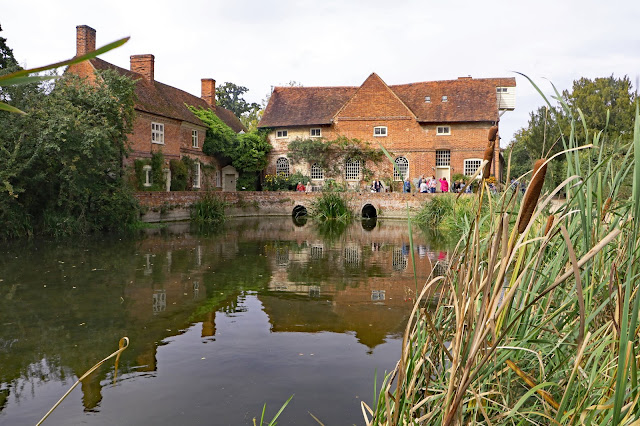 |
| Flatford Mill |
Staying in the vicinity of Flatford Mill we have Valley Farm, which is near to Flatford Mill but on the opposite side of the road and dates from the 15th century. It is the oldest building at Flatford and is a Medieval Hall House.
 |
| Valley Farm |
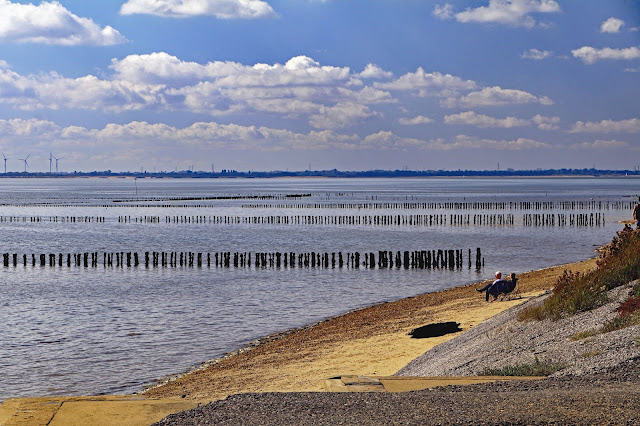 |
| East Mersea Beach |
NORTHUMBERLAND
Finally in my Odyssey I travel right up to the North East of England and the county of Northumberland, where we find dramatic landscapes, history and wildlife. We must start with the wonderful island of Lindisfarne, also known as Holy Island. It is situated off the Northumberland coast, just a few miles south of the border with Scotland. The island is linked to the mainland by a causeway which twice a day is covered by the tide.
Possibly the holiest site of Anglo-Saxon England, Lindisfarne was founded by St. Aidan, an Irish monk, who came from Iona, the centre of Christianity in Scotland. St Aidan converted Northumbria to Christianity at the invitation of its king, Oswald. St. Aidan founded Lindisfarne Monastery on Holy Island in 635, becoming its first Abbot and Bishop. Here we have the Church of Saint Mary the Virgin, with part of the Lindisfarne Priory in front of it.
 |
| Church Of Saint Mary The Virgin |
We next move down to the Farne Islands, where we can view the famous Farne Island seals. The Farne Islands are home to thousands of grey seals (also known as Atlantic seals), and each autumn hundreds of pups are born here.
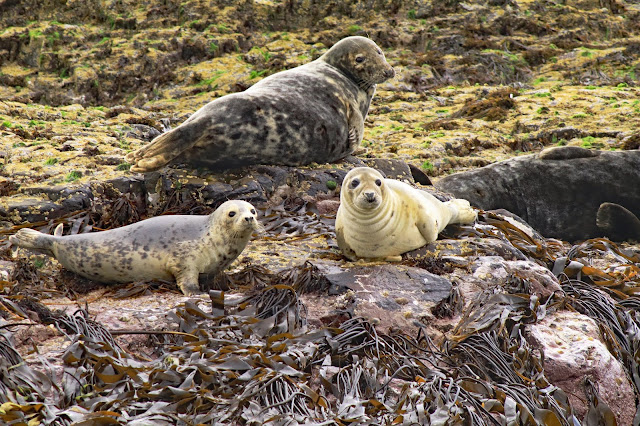 |
| Farne Island Grey Seals |
We finish our journey back on the mainland. First we have a view of Alnwick Castle, the home of the Duke of Northumberland and the second largest inhabited castle in England, after Windsor.
 |
| Alnwick Castle |
Finally, we travel inland to the beautifull scenery of Northumberland National Park and a view of Moorland Heather.
 |
| Moorland Heather |
I trust that you have enjoyed our photo journey around parts of England and Wales and ageree that we live in a beautiful part of the world. Look out for future posts of Europe and, after my next holiday cruising around the Eastern Caribbean.
==========================================
As usual, my work is available to purchase as original Wall Art, in a variety of formats from stretched canvas or framed prints, metal or acrylic prints,or simply as standard prints for you to mount in your favourite picture frame. They are also available as greeting cards or printed onto iPhone or Galaxy phone cases, throw pillows, duvet covers or tote bags. Simply click on the image and you will be taken to my gallery where you will find full details.
No comments:
Post a Comment